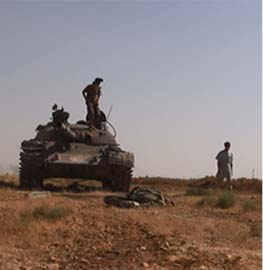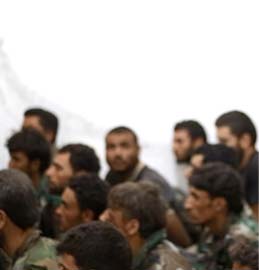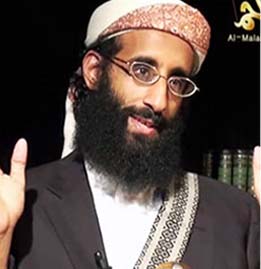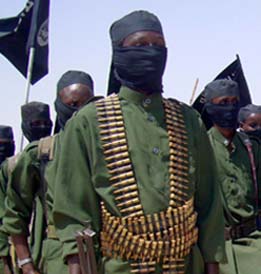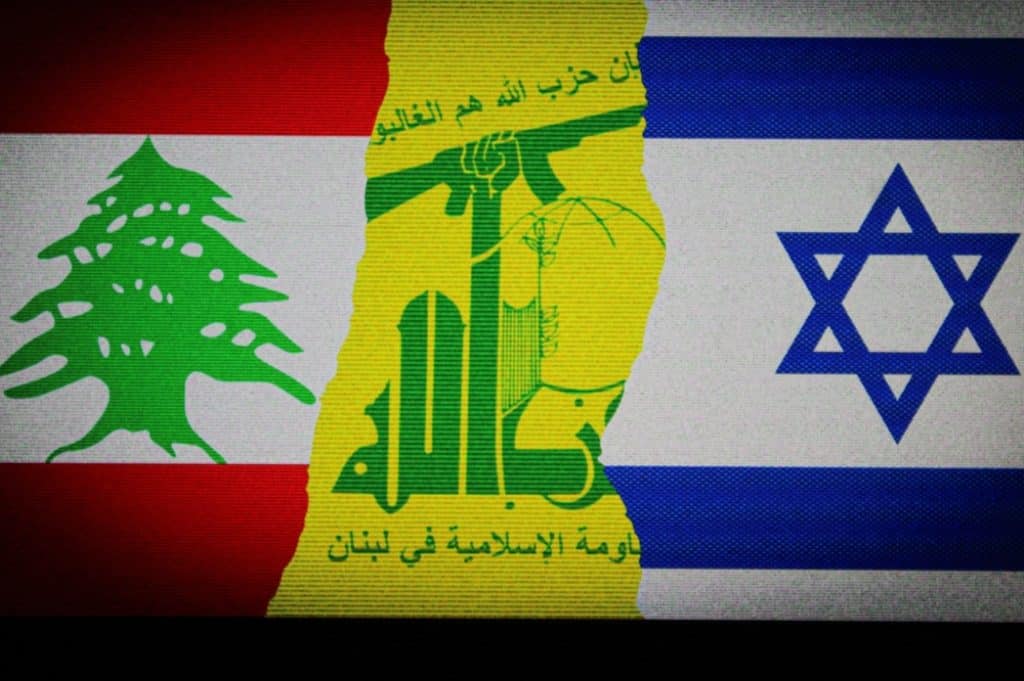
The state of ceasefire between Lebanon and Israel, which went into effect on November 27, 2024, has now officially expired. The Israel Defense Forces (IDF) has withdrawn from almost all areas occupied in south Lebanon during the conflict with Hezbollah and, per the terms of the ceasefire agreement, handed them over to the Lebanese Armed Forces (LAF).
However, with the approval of the United States, the IDF seems set to remain for an indefinite time in five strategic points in south Lebanon even after the deadline for Israeli withdrawal. The posts are located at a hill near Labbouneh, across from the Israeli border town of Shlomi; the Jabal Blat peak, across from Zarit; a hill across from Avivim and Malkia; a hill across from Margaliot; and a hill across from Metula.

The IDF’s insistence on remaining in these five points stems from Lebanon’s inaction against Hezbollah. Under the ceasefire’s terms, the IDF was supposed to withdraw from areas occupied in south Lebanon during the conflict with Hezbollah in tandem with the Lebanese Armed Forces (LAF) deploying to those areas. Simultaneously, Lebanon would be responsible for removing Hezbollah from all Lebanese territory south of the Litani River by disarming its members and dismantling its infrastructure in that region. The deal further requires Lebanon to secure its borders against the entry of arms, provisions, or personnel to Hezbollah to prevent the group’s regeneration.
Yet, save for deploying the LAF to south Lebanon, Lebanon has failed or is refusing to act on the rest of the obligations under the deal. Hence, the extension, at Israel’s insistence, of the ceasefire from January 26 until February 18 to give the Lebanese government additional time to demonstrate enforcement of the ceasefire’s terms.
Some anti-Hezbollah Lebanese circles have argued that the LAF is disarming Hezbollah “in secret.” However, we assess that this assertion lacks credibility. First, Lebanese state inaction is the purpose for Israel’s extension of its stay. Second, this narrative originated with and is being promoted by highly partisan sources, including the anti-Hezbollah Janoubia.
What can be detected with virtual certainty, however, is a consistent attempt by Lebanon and the LAF to give the impression they are implementing the terms of the ceasefire deal. Invariably, these actions have followed an exceptional Israeli action against Hezbollah, implicitly—or explicitly, according to some IDF statements—highlighting Lebanon’s failure or refusal to act against the group. These actions taken by LAF have not had any considerable impact on Hezbollah and, in many cases, do not appear to have been explicitly targeting the group. Many enforcement actions seem to have targeted criminal elements in possession of weapons in areas dominated by Hezbollah.
For example, on January 2, 2025, the IDF stated that its airstrikes that day against Hezbollah infrastructure and launchers only occurred after notifying LAF, which failed to deal with the matter. After the LAF’s failure to abide by its obligations under the ceasefire was highlighted, Lebanon claimed to have detained and thoroughly inspected an Iranian Mahan Air flight at Beirut International Airport. However, upon closer inspection, this report turned out to be untrue—presumably reflecting an attempt by Beirut to cover its prior inaction.
On February 12, 2025, Lebanese authorities barred an Iranian Mahan Air flight from landing in Beirut and imposed a temporary ban on Iranian airlines. However, this development only came after the IDF’s Arabic-language spokesman Avichay Adraee warned that Iranian civilian flights were using Beirut’s airport to resupply Hezbollah. The ban was initially set to expire on February 18—the scheduled date for Israel’s withdrawal from south Lebanon and an end of the state of war between the two countries—but was extended indefinitely only after the United States warned Lebanon that the IDF could target incoming Iranian flights.
We have compiled a comprehensive list of Israeli and Lebanese activities after the onset of the November 27 ceasefire. While many of these actions occurred on the same date, the two countries and their respective armed forces did not coordinate or conduct them in tandem.
Main Takeaways
Israeli operations:
- The IDF has conducted extensive operations in Lebanon since November 27. Most have consisted of detonation operations of seized Hezbollah weaponry and materiel and the demolition of ostensibly civilian infrastructure in Lebanese locales near the Lebanon-Israel frontier line (the Blue Line). If Israeli assertions about the nature of IDF activities are accurate, they demonstrate the extent to which Hezbollah had entrenched itself among civilian locales bordering northern Israel and the Lebanese state and how the LAF had permitted this decades-long build-up.
- Israel also conducted periodic airstrikes against Hezbollah activity and infrastructure deeper in Lebanon, including within the group’s strongholds in the Beqaa Valley, eastern Lebanon, and on the Lebanon-Syria border. These strikes demonstrated the group’s continued operations in Lebanon, and Beirut’s unwillingness to restrain Hezbollah or implement its obligations under UN Security Council Resolution 1701 or the ceasefire deal on November 27, 2024.
LAF operations:
- The LAF has fallen far short of Lebanon’s obligations under Resolution 1701 and the November 27 ceasefire agreement. There is no evidence—from LAF statements or independent reporting—that the LAF or Beirut has undertaken any significant action against Hezbollah. The LAF has not seized any significant military equipment, weapons, or other materiel from the group, nor is there evidence it has dismantled any of Hezbollah’s infrastructure above or below the Litani River. This is in sharp contrast to LAF’s open declarations of seizing and dismantling the infrastructure and weapons of other armed groups in Lebanon, like the PFLP-GC.
- To the extent that LAF has taken control of any infrastructure in south Lebanon that reports have alleged belong to Hezbollah, the reporting indicates Hezbollah was first permitted to withdraw its weapons from the facilities.
- While LAF has engaged in relatively extensive operations to destroy ordnance in areas under Hezbollah’s sway, there is no evidence it seized these weapons from Hezbollah before destroying them. Instead, LAF statements do not specify the precise ownership of these arms, which, in any case, were destroyed after being located in open fields—not in houses or compounds, like in the IDF’s operations.
- Furthermore, the pictures the LAF or Lebanese media have released of weapons seizures demonstrate a sharp contrast between the quality of arms seized by the LAF and those belonging to Hezbollah that were confiscated and destroyed by the IDF. The weapons taken by LAF appear to be aged ordnance and rockets and low-quality small arms, including outdated rifles that seem more suited for hunting than military applications.
- In a handful of instances, LAF reported seizing weapons in areas where Hezbollah predominates, namely in the Beqaa Valley. However, per LAF statements, these seizures appear to have occurred incidentally in the course of arrests of individuals wanted for other crimes and after the fact rather than having been the primary objective. Furthermore, there is no conclusive evidence that the individuals detained are linked to Hezbollah or that their arms belong to the group. Armed Shiite clans involved in criminal activities also operate in these areas. While they have links to Hezbollah and a cooperative relationship with the group, they are not under its command.
Lebanon’s posture on Hezbollah:
- Beirut, its officials, and its state apparatuses continue to demonstrate a traditional unwillingness to confront Hezbollah.
- The LAF’s deployment in south Lebanon and any reported takeovers of Hezbollah posts have occurred only with—and as a result of—Hezbollah’s permission. On December 5, 2024, Hezbollah Secretary-General Naim Qassem effectively said the group had agreed to withdraw north of the Litani River. The LAF has not asserted the Lebanese state’s authority in defiance of Hezbollah’s wishes, and Hezbollah has made clear it has no intention to disarm north of the Litani River.
- Lebanese President Joseph Aoun has said that the “important thing now is to ensure Israel’s withdrawal” from south Lebanon, which would end the current state of war and prevent Israel from resuming hostilities without a prior armed attack by Hezbollah. “As for Hezbollah’s weapons,” said Aoun, “this will be [addressed] as part of solutions agreed upon by the Lebanese.” In other words, Aoun signaled a return to Lebanon’s old position of resolving the question of Hezbollah’s arms through internal dialogue and consensus. Such an effort would include Hezbollah’s input as an influential component of Lebanese politics and society, with over 85% support among Lebanese Shiites.
- Lebanese Parliament Speaker Nabih Berri also said that the fate of Hezbollah’s weapons “north of the Litani River […] is a Lebanese matter to be resolved at the [domestic] negotiation table regarding discussions over a [national] defense strategy.
- Lebanese Prime Minister Nawaf Salam is also signaling an unwillingness to confront Hezbollah. In forming his government, Salam stressed that he bowed to the country’s political realities—including overwhelming Shiite support for Hezbollah—and thus included only ministers acceptable to all political parties. Salam also said he took the Shiite community’s sense of being “wounded” from the recent war with Israel into consideration while forming his government. On the matter of his Cabinet policy statement, he refused to definitively say whether it would include a now-traditional pro-“resistance” clause, which Hezbollah has used in the past to justify its private arsenal and activities. Salam did say the policy statement would comply with Resolution 1701 and the Taef Agreement but also seemed to suggest Lebanon had already fulfilled its obligations under these instruments by merely deploying the LAF to south Lebanon. He made no mention of their requirement to disarm all militias, including Hezbollah.
The comprehensive list of IDF and LAF activities after the onset of the November 27 ceasefire follows (downloadable):

